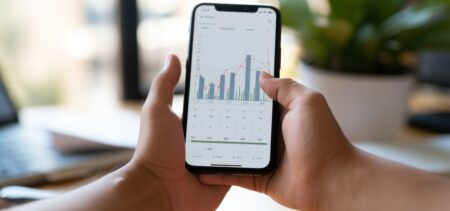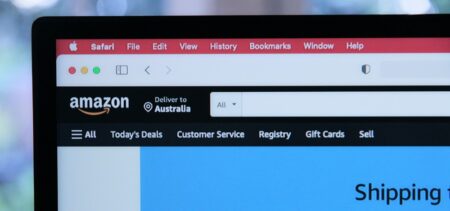We know mobile commerce is growing, but are global retailers keeping up?
A recent study by Criteo examines the state of mobile commerce around the globe with some intriguing findings.
The US is not the global benchmark
Mobile’s 29% share of ecommerce in the US is slightly lower than the global average of 34%, trailing Japan (>50%), South Korea (>50%) and the UK (>40%), and nearly on par with Spain and Germany.
This insight is helpful for both online retailers operating in EMEA and rest-of-world sellers that ship to EMEA. The US is not the benchmark. Mobile share continues to push higher each quarter in every market (speculated due in part to smartphone screen sizes trending larger). There’s no time to defer investment in mobile accessibility, UX and experience any longer.
Funnel vs funnel
In the US, mobile and desktop visitors on average view the same number of products per visit, though conversion rates still differ relatively widely.

Contrast this with Japan, where mobile shoppers view 8.6 products per visit, converting at 9.35% (roughly double that of US desktop customers).

This disparity doesn’t necessarily mean Japanese mobile sites are more usable or engaging than the rest of the world, more likely it’s a reflection of the mobile-mature culture. But this gap should dispel the myth that consumers don’t convert highly on mobile devices due to form factors or otherwise, showing the potential for the mobile journey and conversion rates.
Laggards continue to lag
The study observed a growth gap of mobile share between the top and bottom quartile of retailers.

While the report suggests this is due to underinvestment in mobile, the difference in mobile share between verticals should also be considered.

Luxury and fashion retailers should be especially bullish on mobile growth goals, though the case for mobile optimization and investment across the board is strong.
What does this mean?
Bottom line, mobile matters. There are variances between geographic markets in percentage of share, engagement and conversion rates, and sellers targeting EMEA should understand the demand for mobile experience is not necessarily the same as the US.
How can you ensure you’re not a “laggard” in your vertical?
1. Look for mobile solutions that scale
Running mobile and desktop commerce off the same platform vs. using a third party solution for an “m.dot site” is more efficient, ensuring consistency of content and experience without requiring separate maintenance. While most ecommerce platforms extend to mobile, WCM-driven commerce offers even more efficienty, allowing front-end presentation assets to be held in one system and supporting write once, publish-everywhere efficiency and ensuring consistent, real-time experience across touchpoints (even beyond mobile, such as in-store digital).
2. Optimize for performance
Mobile shoppers are often connected to Wifi, and 3G is still the dominant network worldwide. Rich and responsive experiences add to page weight, with the average page served to mobile over 1 MB.
Almost half of mobile users expect a page to load in 2 seconds or less, and 40% will abandon a page that takes longer than 3 seconds to load. Ensure you’re testing and continually optimizing for mobile performance to maximize engagement and conversion.
3. Run mobile-specific A/B testing
When you appreciate that mobile isn’t just mini-me for your desktop site, you understand why running mobile-specific A/B and multivariate tests matter.
Because “it’s like 1995 on the mobile Web right now” and we all as an industry need to figure out the best way to present navigation, home page content, filter/sort, product information, cross-sell upsell and optimal checkout, mobile deserves its own testing queue. For some retailers, geographic regions will warrant their own mobile experience and testing.
4. Support cross-channel personalization and shopping
We know multiple devices are now part of digital shoppers’ journeys. One report cites an average of 2.6 devices. Whether mobile is the starting, end or mid-touch, the ability to recognize a customer across devices and gather context / apply personalization supports this cross-device journey. Cross-device visitor identification is an important feature to look for in an analytics vendor and ensure you’re using correctly, paired with personalization and other marketing technology.






























